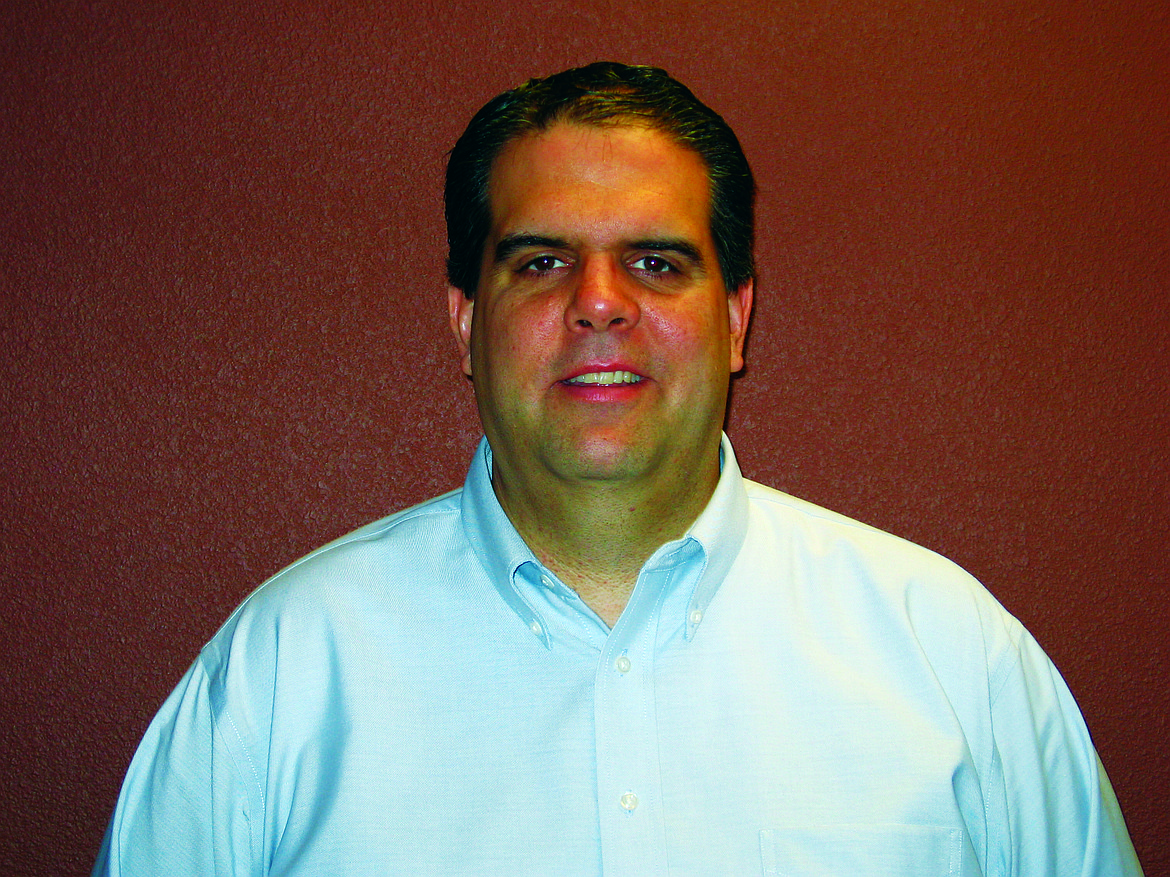ADVERTISING: Advertorial — Consider this before spinal surgery
It’s a position no one wants to be in. You have sharp, debilitating pain. This is not your standard muscle tightness. This pain is generated from a nerve. You’re getting electric shocks, pins and needles, and numbness or burning sensations in your back or even into your arms and legs. It’s gotten to the point where it’s controlling your every movement. You can hardly make it through your day, let alone go for a walk or play with your kids/grandkids. Frustrated, you call your doctor. After a whole bunch of testing, it shows that you have nerve impingement due a disc herniation/degeneration or spinal stenosis.
So now what? At this point, most doctors are going to give you different treatment options; pain medication, prescribe physical therapy, get injections, or spinal surgery to decompress your nerves, depending on the severity of the situation. With today’s increasingly sedentary lifestyles, as well as living longer, rates of chronic back pain have continued to rise. So has the number of spinal surgeries.
Due to the poor success rate and high incidence of complications for spine surgery, non-surgical spinal decompression was invented. It all began with Canada’s former minister of health and former medical researcher Dr. Allan Dyer MD, Ph.D., already recognized as a pioneer in the development of the external cardiac defibrillator, designed and developed this new technology to be vastly different from traction devices. Combining his understanding of physiology with basic principles of physics, Dr. Dyer realized that applying a sufficient axial load to the spine would create a vacuum within the disc and that in return could reduce the protrusion of a herniated disc.
Become a Subscriber!
You have read all of your free articles this month. Select a plan below to start your subscription today.
Already a subscriber? Login



